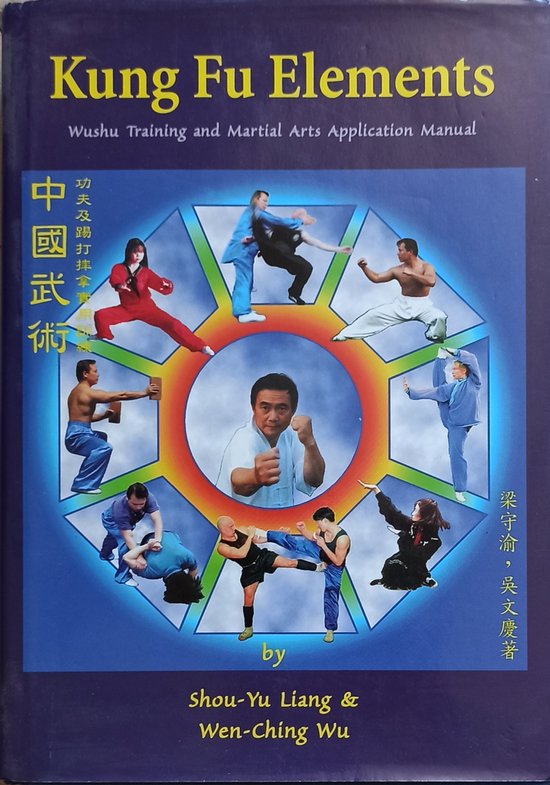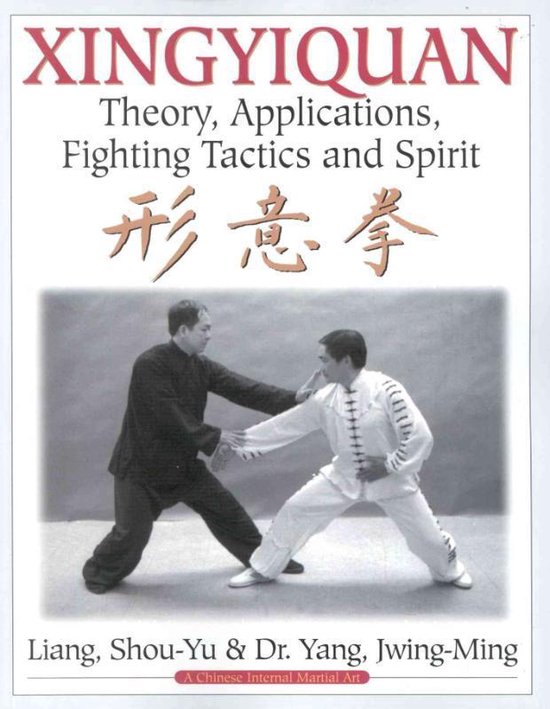
Kung Fu Elements
Kung Fu Elements is the Wushu training manual that martial artists have long awaited. It is the first of its kind in the English language. It contains the essence and elements of both Internal and External Styles of Wushu. It is an invaluable training reference for any instructor or serious student of any style of martial arts! This book contains seven chapters, plus an extensive glossary, including:
B Classifications of Wushu styles, history, and philosophy
B Traditional methods for building a strong foundation
B Techniques for developing powerful kicks B Sanshou fighting applications and combinations
B Effective uses of grappling {Qinna) and takedown (shuaijiao) techniques
B Iron Sand Palm training and Cavity Press (Dianxue)
B Internal Strength, Light Body, and many other Kung Fu attainment methods
Mm A Glossary of Wushu styles, practitioners, and terms
Kung Fu Elements includes the training methods used by ancient Wushu masters to achieve great heights. With this book at your finger tips and your desire to excel, you too can achieve great heights in your martial arts training!
"In Wushu, we train the physical to aid the shapeless; cultivate the shapeless to care for the physical. The training of Wushu gives one the necessary conditioning to master one's own physical body, and gain a greater understanding of the inner workings of the mind and spirit.”
As Wushu (Chinese martial arts) continues to spread all over the world, it has become increasingly popular. Currently, there are over 100 nations with Wushu participants. Since the International Wushu Invitational held ín 1985 in China, more and more International Wushu competitions are being held worldwide.
Our goal in writing this book is to present essential information to our readers and to answer the questions: What is Wushu and what are the contents of Wushu training? It is our attempt to write the best possible training reference that we are able to write at the present time, for anyone interested in learning Wushu. It is our hope that this book will be a stepping stone, assisting you to higher achievements.
Wushu in ancient China was known as Wuyiì (martial skill). During the 1920’s, it was renamed Guoshu (national art). These are all official terms used to refer to Chinese martial arts. The term Kung Fu (gongfu) was also used in conjunction with the training of Wushu. Kung Fu is a term describing the level of achievement (good or poor) an individual has. It also refers to the time and effort an individual invests in their training. Because of this, the term Kung Fu is often used in combination with Wushu. Historical factors have caused much confusion with the proper use of these terms, so it is understandable why many people may be confused by the proper use of these terms.
Thirty years ago in China, due to political changes and the Cultural Revolution, every corner of the society was adversely affected. The damage done was especially apparent in the traditional cultures. Wushu was not an exception. At the time, Wushu was considered a bad component of Chinese culture, and practitioners were considered enemies of the state. All fighting arts, routine practice, and wrestling were forbidden.
After the Cultural Revolution, selected Wushu training was permitted. However, the fighting component (Sanshou) was still not allowed. Fortunately, Wushu is diverse and has many other components that could be promoted. Wushu routines could be compiled into very graceful, artistic forms. The government, at that time, encouraged and promoted this area of Wushu which resulted in what is known as Modern Wushu or Contemporary Wushu. Every year for more than twenty years, there have been competitions in China in the areas of barehanded and weapon routines. Today, Wushu competition routines have also become a performing art. In the 1970’s, the Beijing Wushu Team began to perform Wushu routines in other nations.
| Auteur | | Shou-Yu Liang |
| Taal | | Engels |
| Type | | Hardcover |
| Categorie | | Sport & Outdoor |





